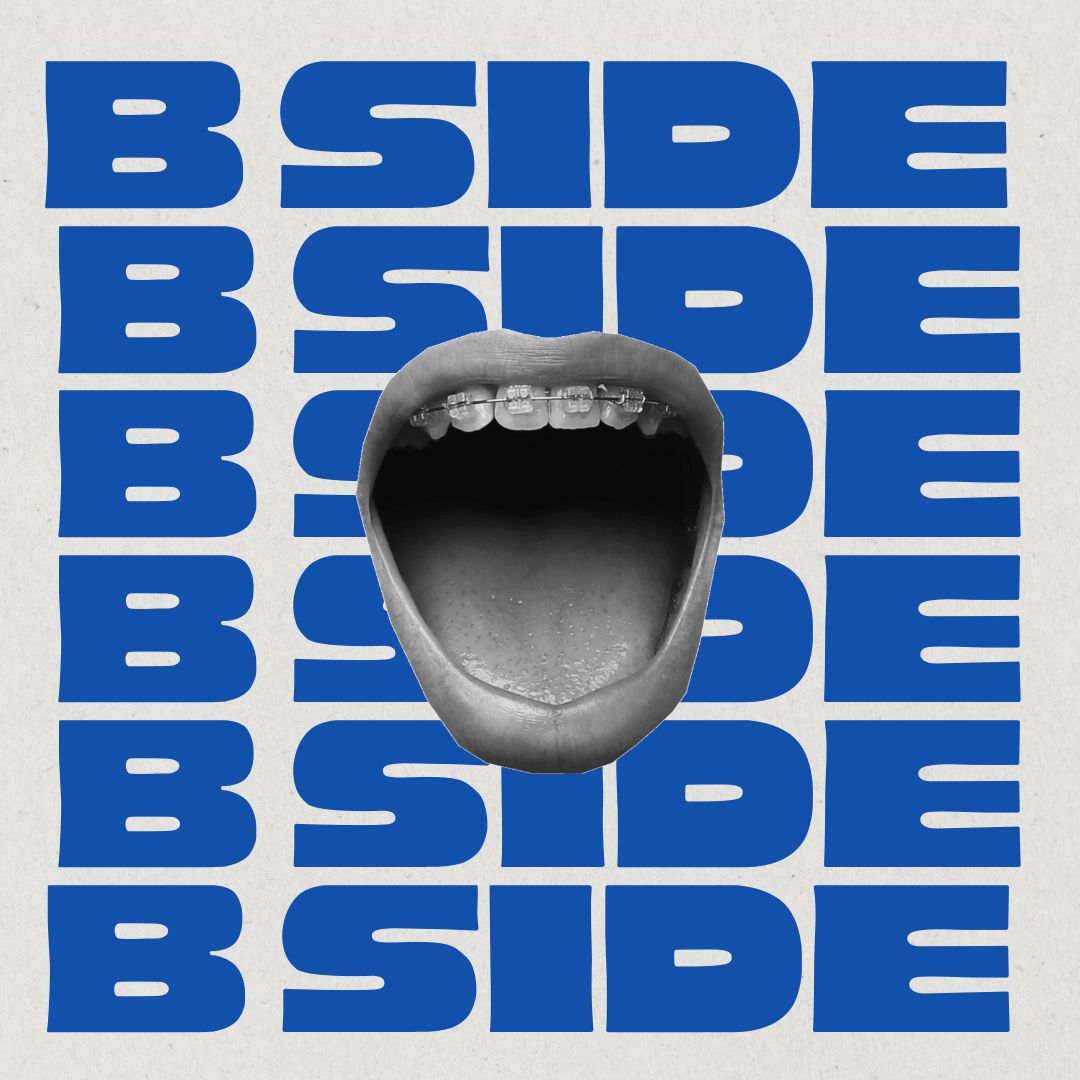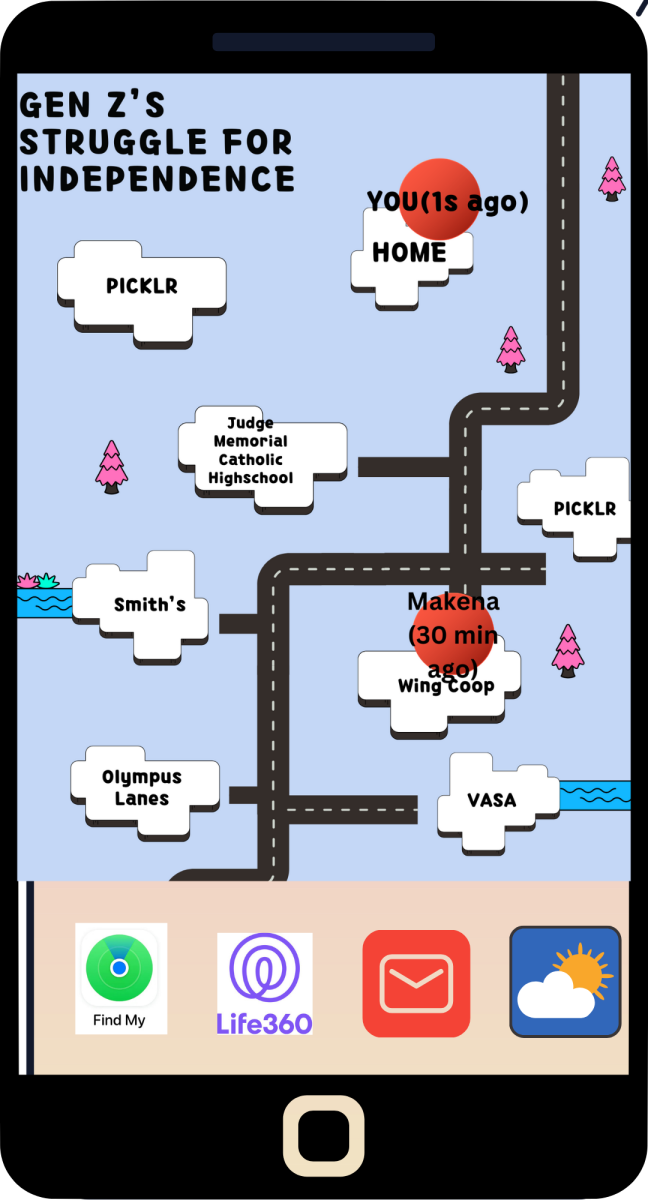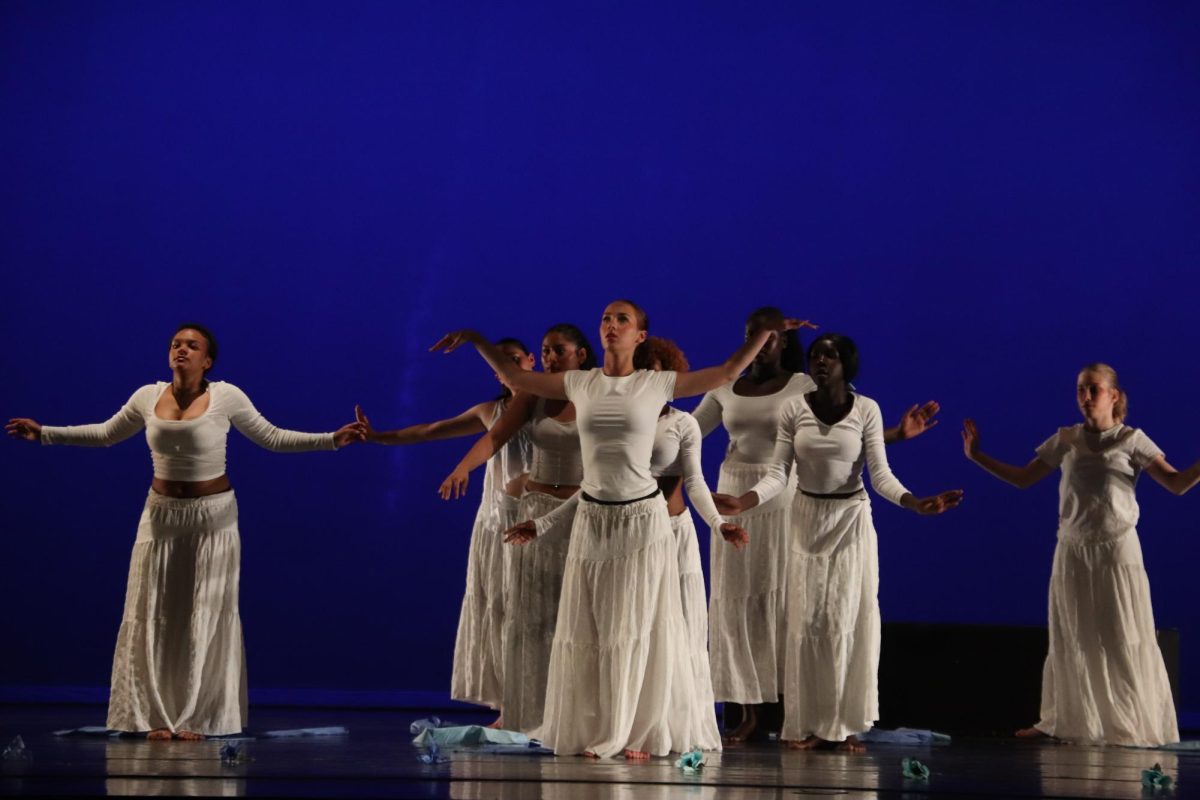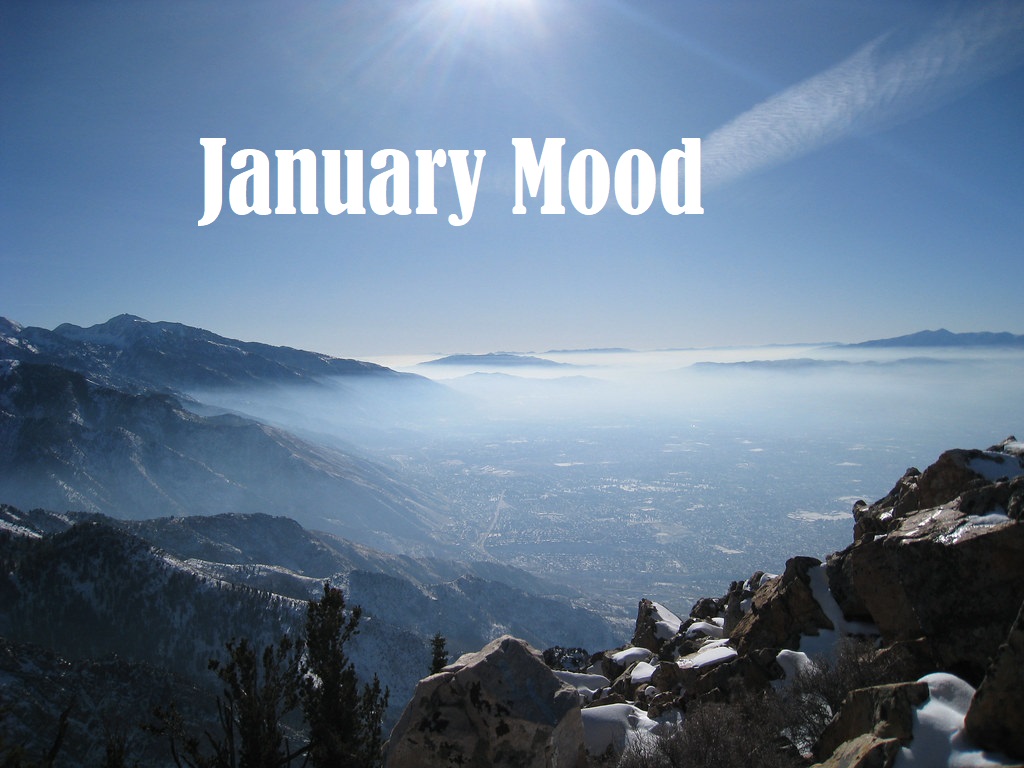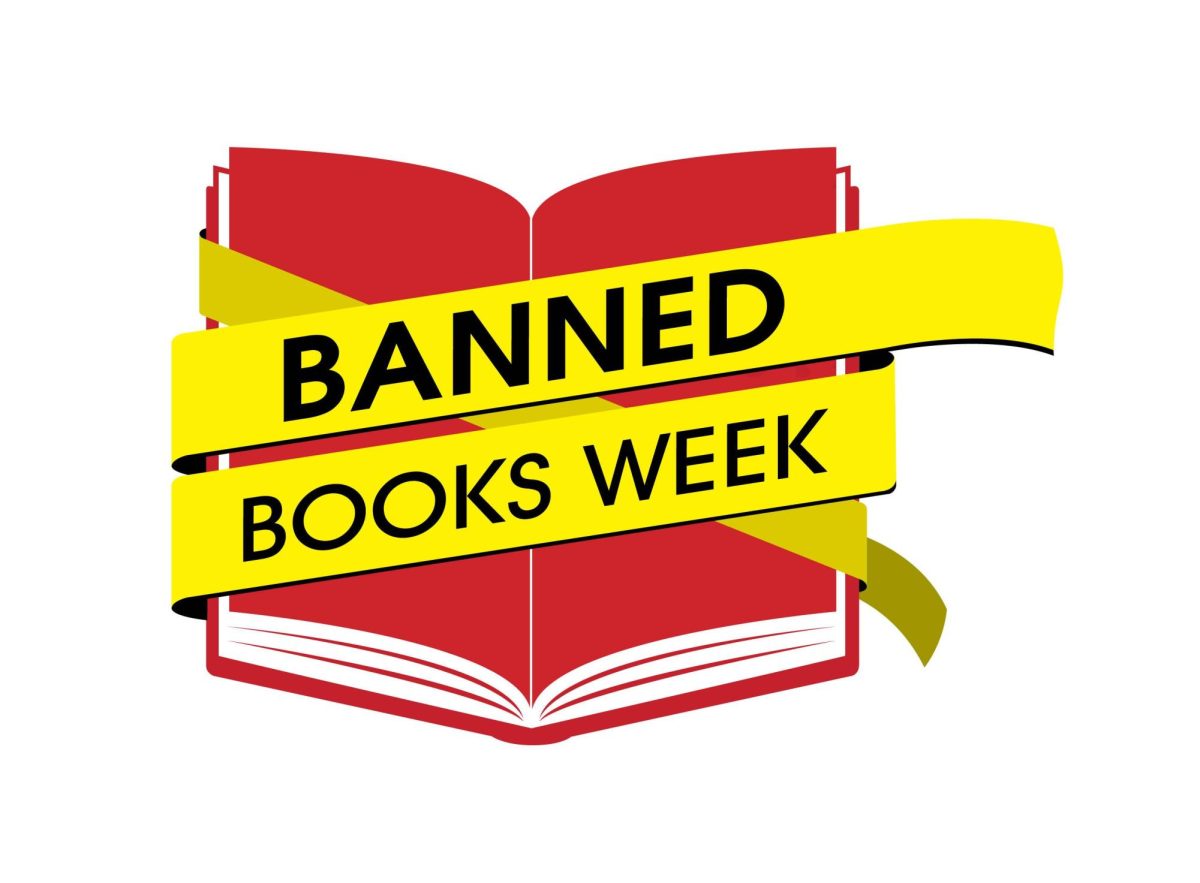October 1-7 brings the 41st annual Banned Books Week. Banned Books Week is “the annual event highlights the value of free and open access to information and brings together the entire book community — librarians, educators, authors, publishers, booksellers, and readers of all types — in shared support of the freedom to seek and to express ideas.”
This year, the week has attracted more attention than ever before due to an uptick in recent book challenging. In 2022, the American Library Association reported that there was a 38% increase in the number of attempts to ban books.
It is important to note that a “banned” book doesn’t necessarily mean that it has been removed from circulation. The term “banned” is often used when referring to a book that has been challenged. In contrast, a true “banned” book has “been removed from school curriculums and/or public libraries because a person or group has objected to its content,” according to USA Today. Attempts to remove books are called “challenges.”
Last year, the ALA documented over 1,200 challenges of a list including over 2,500 books, almost double the numbers from the year before. But the books that are challenged are not simply random titles. In fact, most challenged books include LGBTQ characters, discuss the history of American racism, or talk about communities of color.
On Wed. Oct. 4, the Judge Book Club had a short discussion about banning books. Multiple members discussed the importance of keeping all books available to everyone. One member said: “Banning books limits free speech, it’s important that we keep that from happening.”
Banned Books Week celebrates the different ideas and experiences that people from all backgrounds experience. It expresses the importance of free access to information of all kinds, and it keeps the public aware of the threats against the ideals that truly keep America “free.”









